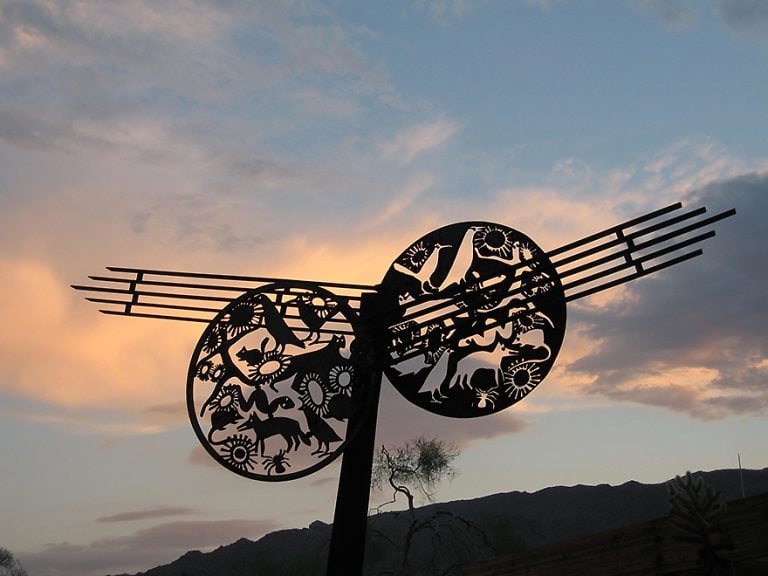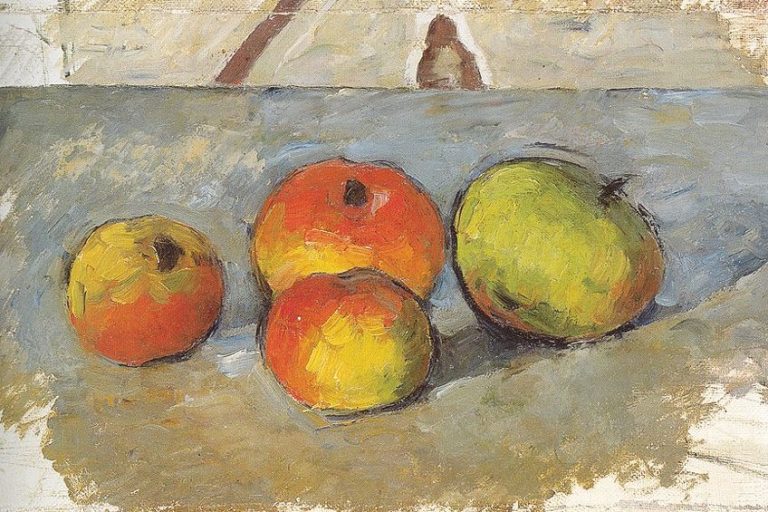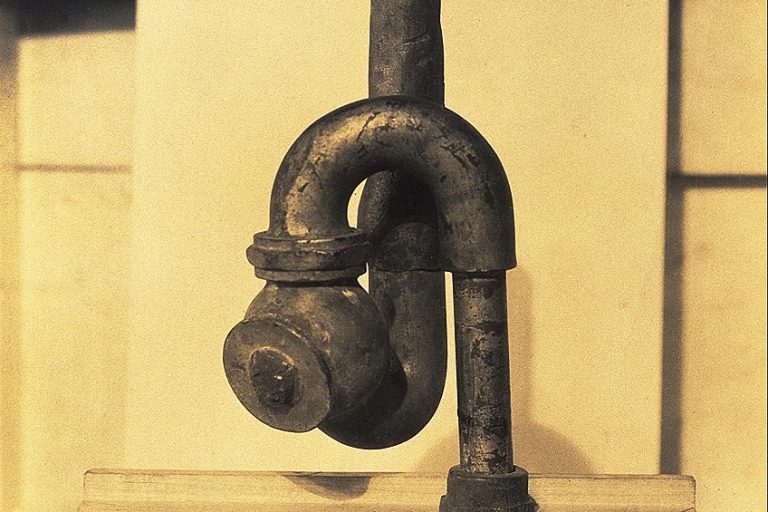New Masterpiece of Paul Gauguin Discovered – Take a Look
In the realm of art history, every new discovery holds the promise of unraveling mysteries and expanding our understanding of renowned artists. The recent unveiling of a previously unknown Paul Gauguin artwork has sparked excitement and curiosity in the art world. Gauguin, known for his bold use of color and innovative approach to form, continues to captivate enthusiasts with his enigmatic creations. This newfound piece not only adds to Gauguin’s oeuvre but also offers a glimpse into his artistic evolution and the cultural context of his time. Join us as we delve into the journey of this remarkable discovery and explore the impact of Gauguin’s legacy on the art landscape.
Key Takeaways
- A newly discovered painting attributed to Paul Gauguin, Beautés à Tahiti – Source sur la mer, enriches his oeuvre.
- Gauguin’s influence as a post-impressionist and avant-garde artist is underscored by this discovery.
- The art community looks forward to understanding the painting’s authenticity and its implications on Gauguin’s legacy.
The Life and Legacy of Paul Gauguin
Paul Gauguin was a seminal figure in the Post-Impressionist movement who abandoned a successful career as a stockbroker to pursue art full-time, leaving an indelible mark on the art world with his time in French Polynesia and his influence on fellow artists such as Vincent van Gogh.
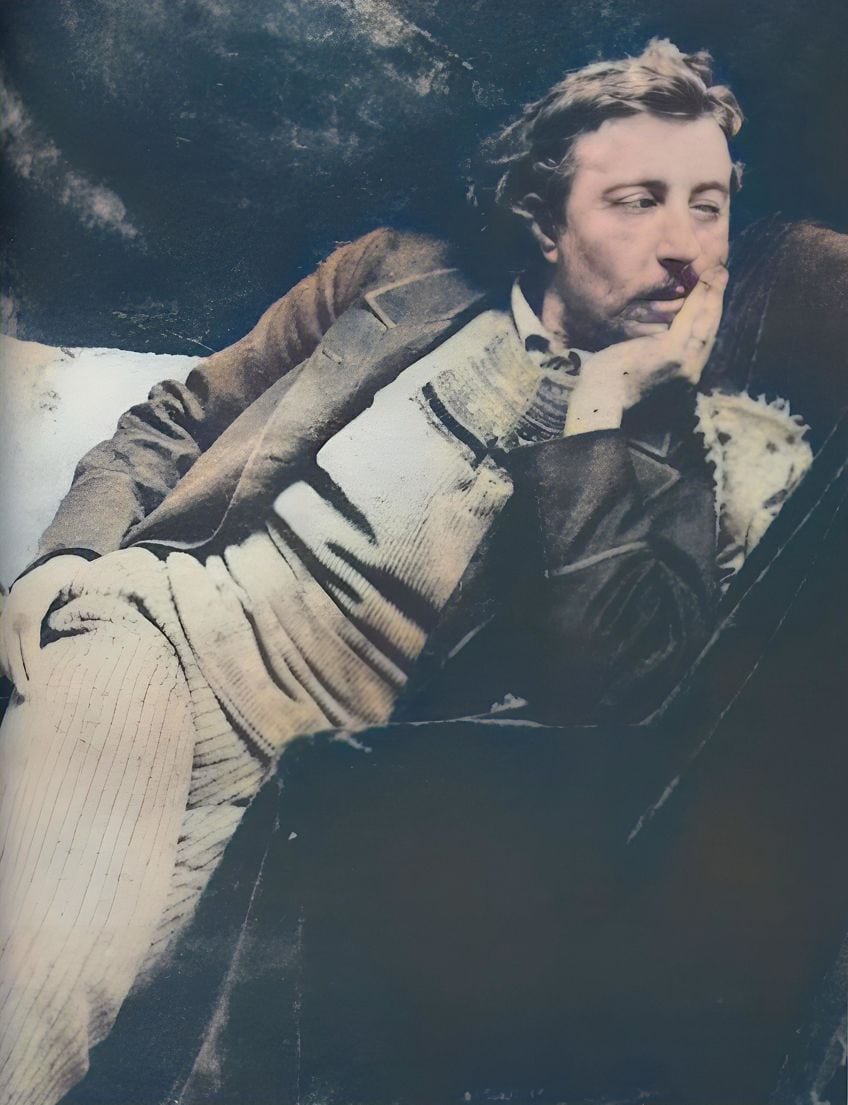
Years in Polynesia
In 1891, Gauguin first set sail for Tahiti, seeking artistic inspiration and an escape from Western civilization. He immersed himself in the local culture, which deeply influenced his art, evident in the vivid colors, bold lines, and subject matter of his paintings. Gauguin spent time not only in Tahiti but also briefly in Martinique and, towards the end of his life, in the Marquesas Islands.
His years in Polynesia are cherished for producing profound works that were a stark departure from the European art scene of the time. His visits included:
- First Stay in Tahiti (1891 – 1893)
- Short stay in Martinique
- Second Stay in Tahiti (1895 – 1901)
- Final Years in the Marquesas Islands (1901 – 1903)
Influence and Posthumous Recognition
Gauguin’s legacy is characterized by his bold experiments with color, form, and his rejection of the Impressionist canon. He deeply influenced contemporaries such as Vincent van Gogh and later artists like Pablo Picasso and Henri Matisse. Despite his fraught relationship with art institutions during his lifetime, Gauguin received posthumous recognition with his works displayed in major museums across the globe. His approach to Symbolism and Synthetism carved a path for future avant-garde movements.
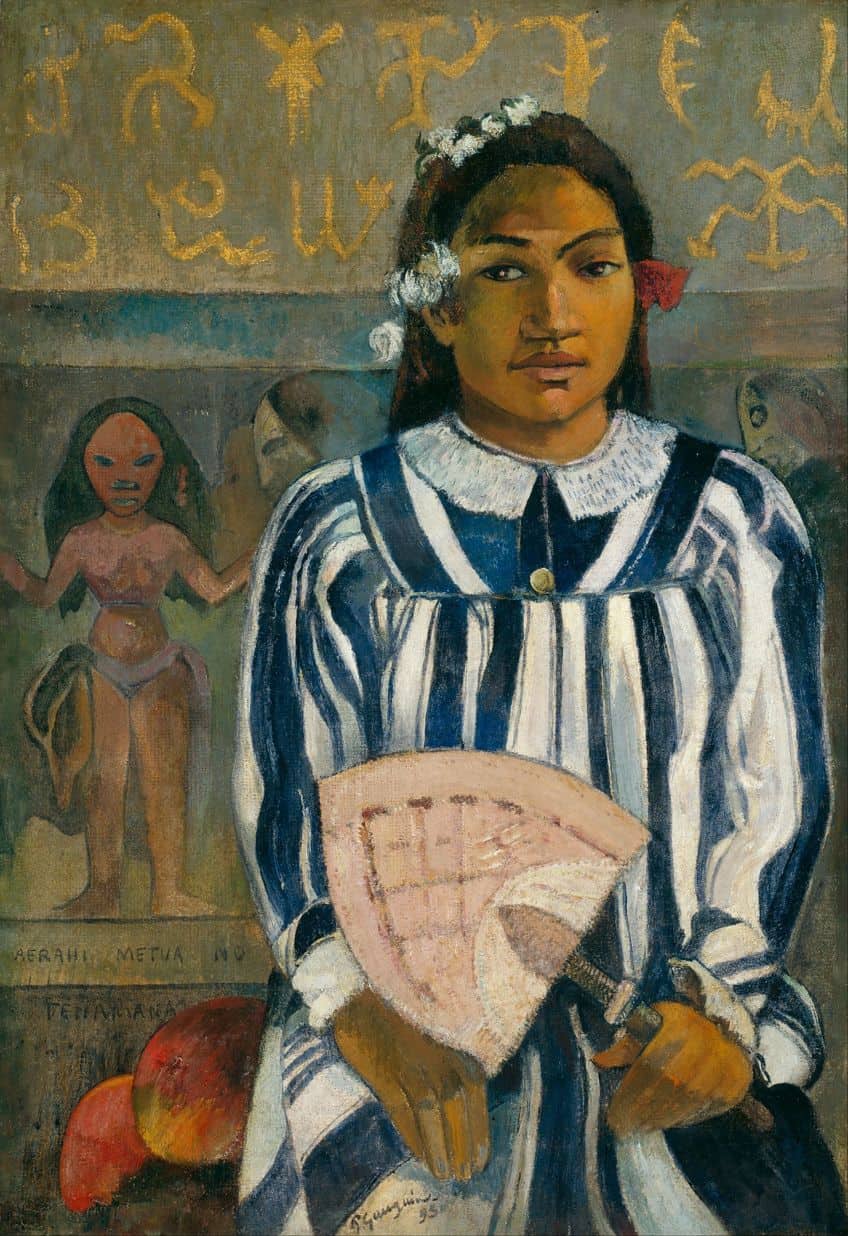
His experiences in Brittany and his Peruvian heritage also surfaced in his work, which continues to spur discussions and retrospectives, highlighting the complexities and layers that define his oeuvre. Gauguin’s influence extends beyond painting, impacting the world of sculpture, ceramics, and writing, and his endeavors in French Polynesia have become integral to understanding the artist and his quest for authenticity.
The Discovery of Beautes a Tahiti – Source sur la mer
Art enthusiasts and experts alike are once again captivated by the revelation of a new masterpiece attributed to the renowned French artist Paul Gauguin. The painting, titled Beautés à Tahiti – Source sur la mer, has surfaced unexpectedly, rekindling interest in Gauguin’s influential body of work. Recognized for his role in the post-impressionist movement and his contribution as an avant-garde artist, Gauguin’s works are known for their rich colors, bold experimentation, and depictions of Tahitian life.
The discovery of Beautés à Tahiti – Source sur la mer pays homage to Gauguin’s legacy, further cementing his status as a pivotal figure in the world of modern art.
As scholars and historians embark on the meticulous process of authenticating the piece, the art community eagerly anticipates the impact this discovery could have on our understanding of Gauguin’s artistic journey and the narrative of post-impressionist art. The revelation of this new work offers a rare glimpse into the creative mind of one of the early pioneers of modern art, providing an opportunity to revisit and reassess Gauguin’s contributions to the art world.
Where Was It Discovered?
The painting was unexpectedly found in an attic in a family estate on the outskirts of Paris during a routine home clearing. Stored among personal belongings, the canvas was initially overlooked until a sharp-eyed family member recognized the distinctive style of Gauguin. Encased in an aged frame, the artwork was accompanied by a sepia-toned photograph capturing Gauguin in his studio with the very painting in the background, bolstering its potential authenticity.

First Examination and Provenance
Art experts were summoned to conduct a preliminary check, quickly recognizing the hallmarks of Gauguin’s work. They meticulously compared the newly discovered painting to known works of the artist, analyzing the brushwork, color palette, and thematic composition. The initial checklist for authenticity included cross-referencing the styles present in Gauguin’s Tahiti period. The painting bore a faint signature and date, which seemed to place it squarely within the timeline of Gauguin’s first stay in Tahiti, between 1891 and 1893.
The provenance of the artwork is as follows:
- Timeline: Estimated 1891–1893.
- Photograph: Featuring Gauguin with the artwork.
- Art history relevance: Emblematic of Gauguin’s Tahitian oeuvre.
- Authentication measures: Examination of signature, brushwork, and stylistic elements.
Analysis of the New Artwork
Art historians conducted a thorough analysis of Beautes a Tahiti – Source sur la mer shortly after its discovery. The painting depicts two Tahitian women by the shore, a subject frequently revisited by Gauguin in his quest to capture the essence of Tahitian life. The expert use of bold colors and the dream-like quality are characteristic of the Post-Impressionist’s later works.
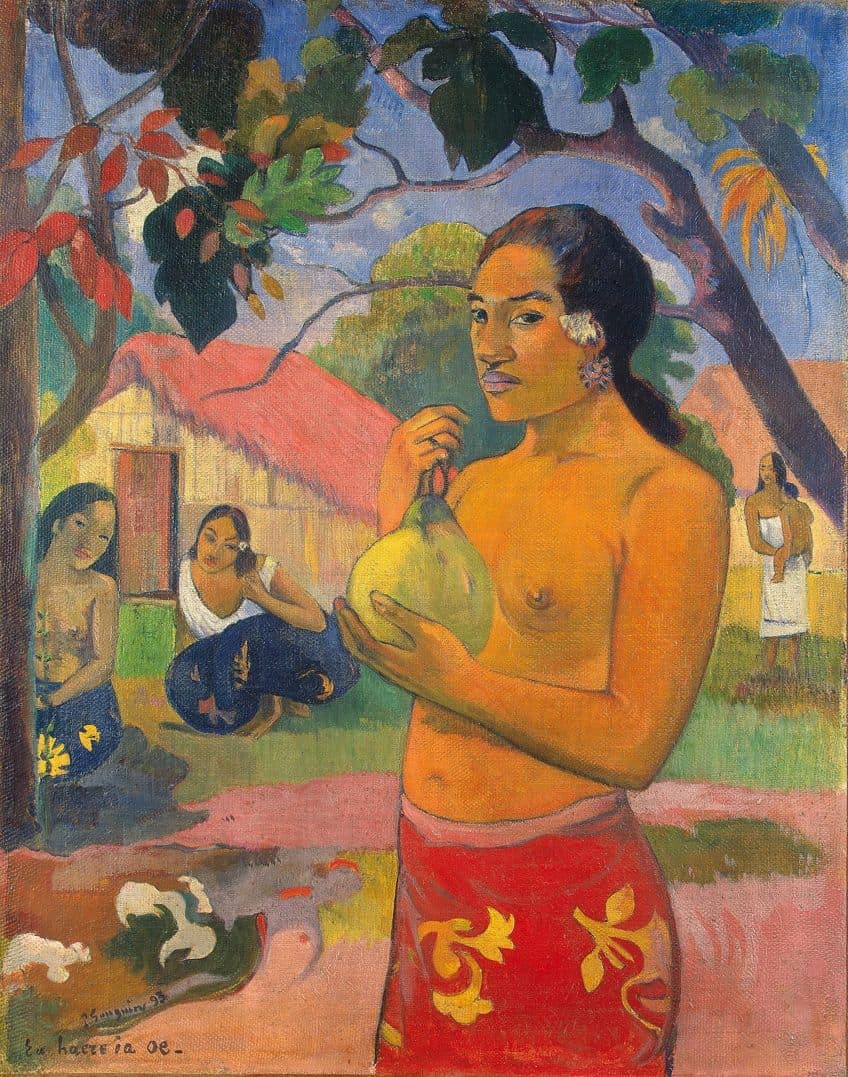
The artwork has already sparked significant interest within the art community and preparations are underway for its display. An in-depth article discussing this incredible find is scheduled for publication in an esteemed art history journal. Additionally, there are preliminary discussions for the painting to be included in a future Post-Impressionist exhibition.
This would offer the public an opportunity to view Gauguin’s newest masterpiece firsthand.
Authentication Process
The discovery of a new masterpiece by Paul Gauguin has undergone rigorous authentication to verify its origin and legitimacy. Experts have employed a combination of technical analysis and close examination of Gauguin’s distinctive markings to validate the artwork.

Technical Analysis and Expert Verification
Technical analysis plays a crucial role in the authentication process. Specialized equipment, such as high-resolution cameras and spectrometers, allows experts to examine the underlayers of paint, the canvas fibers, and the types of materials used. Additionally, expert verification by seasoned art historians who have extensively studied Gauguin’s oeuvre is essential. These professionals verify the consistency of the artwork with known pieces, taking into account the artist’s style evolution over his career.
Utilizing state-of-the-art equipment such as high-resolution cameras, spectrometers, and X-ray fluorescence technology, the discovery of the new Paul Gauguin artwork represents a triumph in modern art historical research.
This technological arsenal has enabled scholars and experts to delve deep into the layers of history, uncovering hidden masterpieces and enriching our understanding of renowned artists like Gauguin. The verification of the newly discovered Paul Gauguin artwork relied on stringent criteria, including a meticulous analysis of its consistency with Gauguin’s technique and palette. This involved cross-referencing with the artist’s cataloged works and a thorough assessment of historical documentation, ensuring the authenticity and significance of this remarkable find within Gauguin’s artistic legacy.
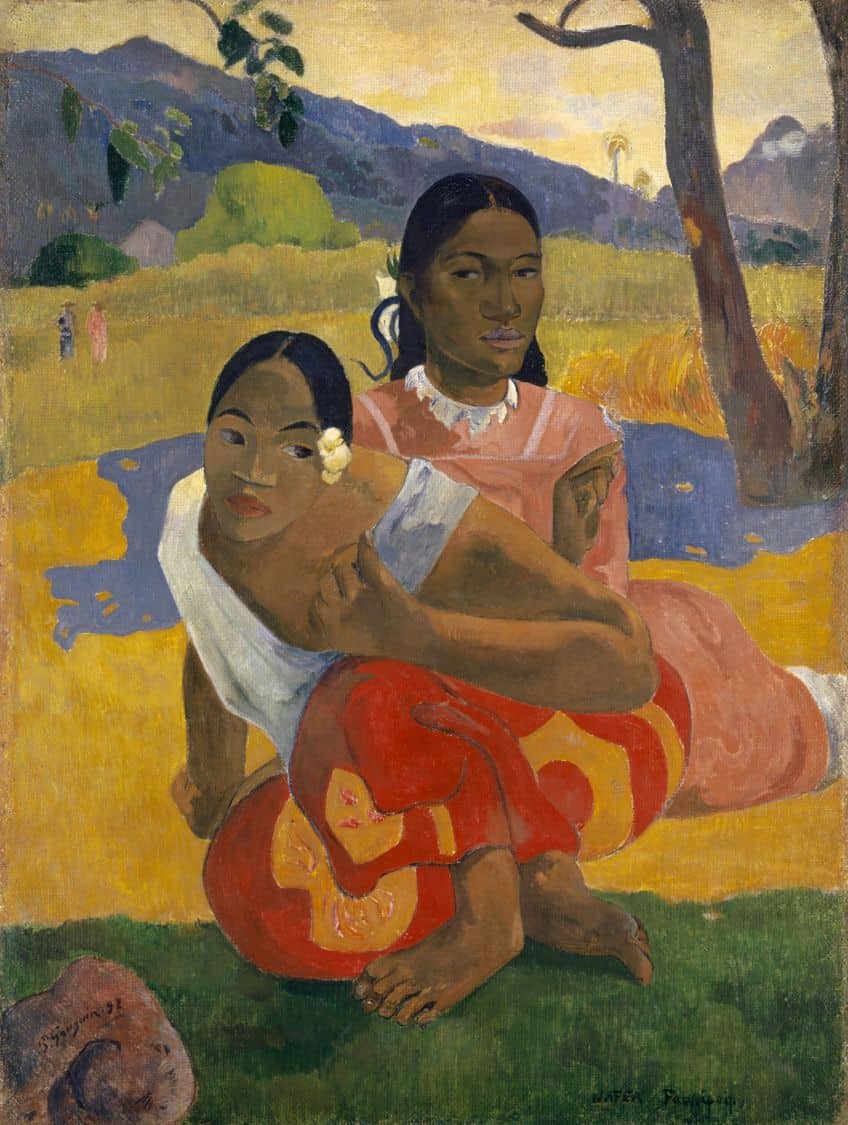
Distinct Markings of Gauguin
Gauguin often left distinct markings on his works that assist in authentication. These include unique brushstrokes, signatures, and other identifiers that have been thoroughly documented over the years. By comparing these qualities to other authenticated works, authenticity can be affirmed with confidence. Key identifiers included the brushstroke patterns, Gauguin’s signature style, and the use of color and texture.
Investigators ensure that these markings align with Gauguin’s known artistic characteristics, thus supporting the masterpiece’s authenticity.
Impact and Significance of the New Masterpiece
The discovery of a new masterpiece by Paul Gauguin has profound implications for our understanding of his oeuvre and the broader field of art history. It offers new insights into Gauguin’s thematic focus and stylistic evolution.
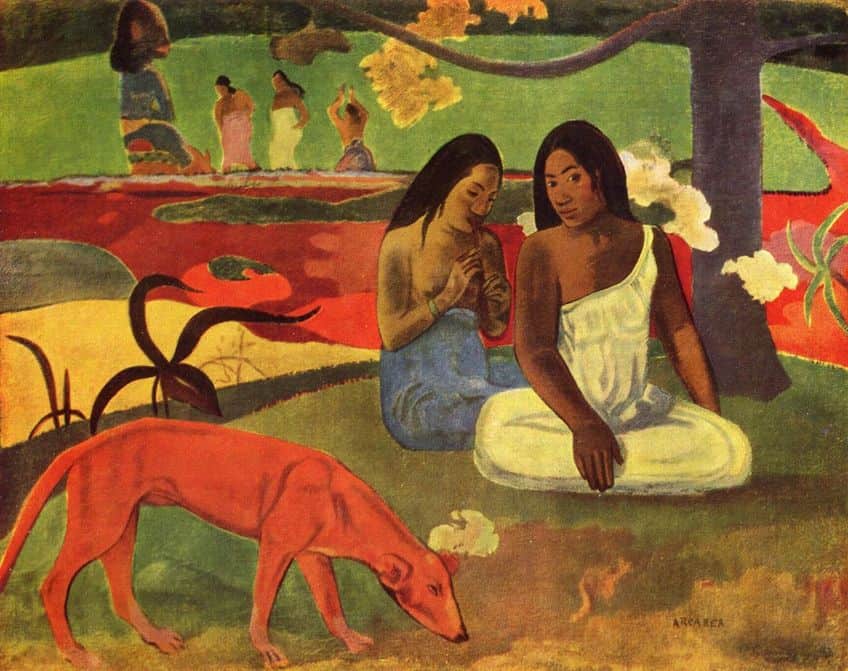
Contribution to Gauguin’s Oeuvre
The newly uncovered painting adds a significant piece to the puzzle of Gauguin’s creative journey. It stands as a testament to his avant-garde approach, further populating his series of works with Tahitian women and deepening our comprehension of his use of exoticism. This painting likely bridges the thematic gap between Gauguin’s famous Where Do We Come From? What Are We? Where Are We Going? and other lesser-known works.
It is showcasing his continuous exploration of existential themes.
Implications for Art History
Art historians recognize the impact of the painting as it presents an opportunity to re-evaluate Gauguin’s influence on modern art. The piece not only highlights Gauguin’s penchant for metamorphoses in his art but also underscores the shifting narratives surrounding his work’s reception over time. Its emergence enriches the scholarly discussion on cultural appropriation and the role of painting in depicting cross-cultural encounters and interpretations during the post-impressionist era.

As we conclude our exploration of the newly discovered Paul Gauguin artwork, we are reminded of the enduring allure and significance of artistic discoveries. This find not only enriches Gauguin’s body of work but also prompts us to reflect on the depth of artistic genius and the ongoing dialogue between past and present in the art world. Through such revelations, we gain a deeper appreciation for the complexities of artistic creation and the endless possibilities of uncovering hidden treasures that contribute to the tapestry of art history. As we continue to seek, discover, and interpret, let us embrace the endless fascination and inspiration that art, both old and new, continues to offer.
Frequently Asked Questions
Where Was the New Gauguin Masterpiece Discovered?
The new Gauguin masterpiece was uncovered in a private collection, previously unknown to the public and art historians.
In What Period of Gauguin’s Career Does the Newly Discovered Painting Fall?
The painting is believed to be from Gauguin’s late period, created during his time in the South Pacific, which is reflected in its thematic and stylistic elements.
What Techniques Are Identifiable in Gauguin’s Newly Found Masterpiece?
The painting features Gauguin’s characteristic use of bold colors and strong outlines, with a composition that suggests a synthesis of his experiences and influences gained during his time in Tahiti.
What Are the Authentication Processes Involved for the New Gauguin Work?
The authentication process for the new Gauguin work involves rigorous provenance research, stylistic analysis, and comparison with other authenticated works by the artist, as well as scientific testing of materials used.
Isabella studied at the University of Cape Town in South Africa and graduated with a Bachelor of Arts majoring in English Literature & Language and Psychology. Throughout her undergraduate years, she took Art History as an additional subject and absolutely loved it. Building on from her art history knowledge that began in high school, art has always been a particular area of fascination for her. From learning about artworks previously unknown to her, or sharpening her existing understanding of specific works, the ability to continue learning within this interesting sphere excites her greatly.
Her focal points of interest in art history encompass profiling specific artists and art movements, as it is these areas where she is able to really dig deep into the rich narrative of the art world. Additionally, she particularly enjoys exploring the different artistic styles of the 20th century, as well as the important impact that female artists have had on the development of art history.
Learn more about Isabella Meyer and the Art in Context Team.
Cite this Article
Isabella, Meyer, “New Masterpiece of Paul Gauguin Discovered – Take a Look.” Art in Context. April 24, 2024. URL: https://artincontext.org/new-masterpiece-of-paul-gauguin-discovered/
Meyer, I. (2024, 24 April). New Masterpiece of Paul Gauguin Discovered – Take a Look. Art in Context. https://artincontext.org/new-masterpiece-of-paul-gauguin-discovered/
Meyer, Isabella. “New Masterpiece of Paul Gauguin Discovered – Take a Look.” Art in Context, April 24, 2024. https://artincontext.org/new-masterpiece-of-paul-gauguin-discovered/.




